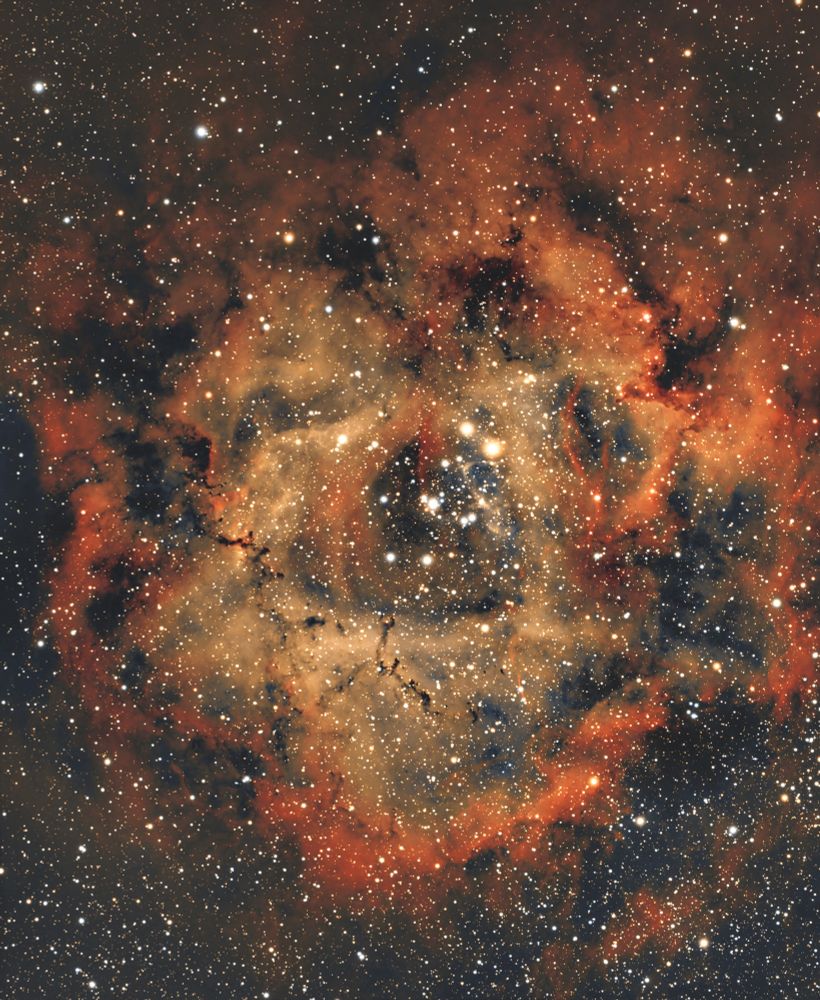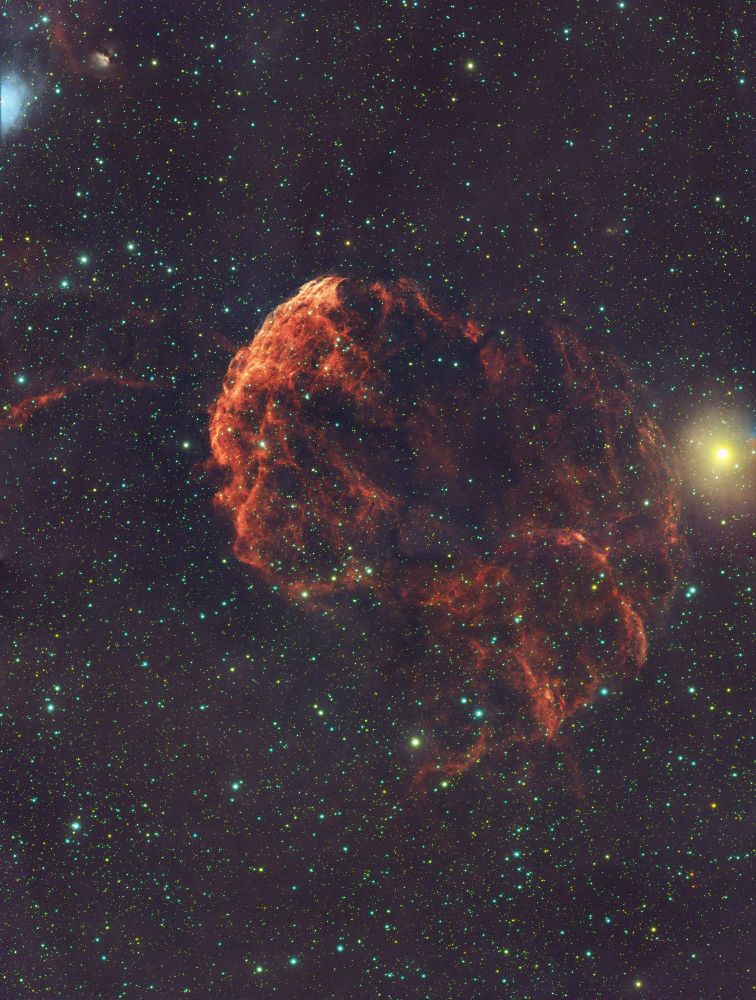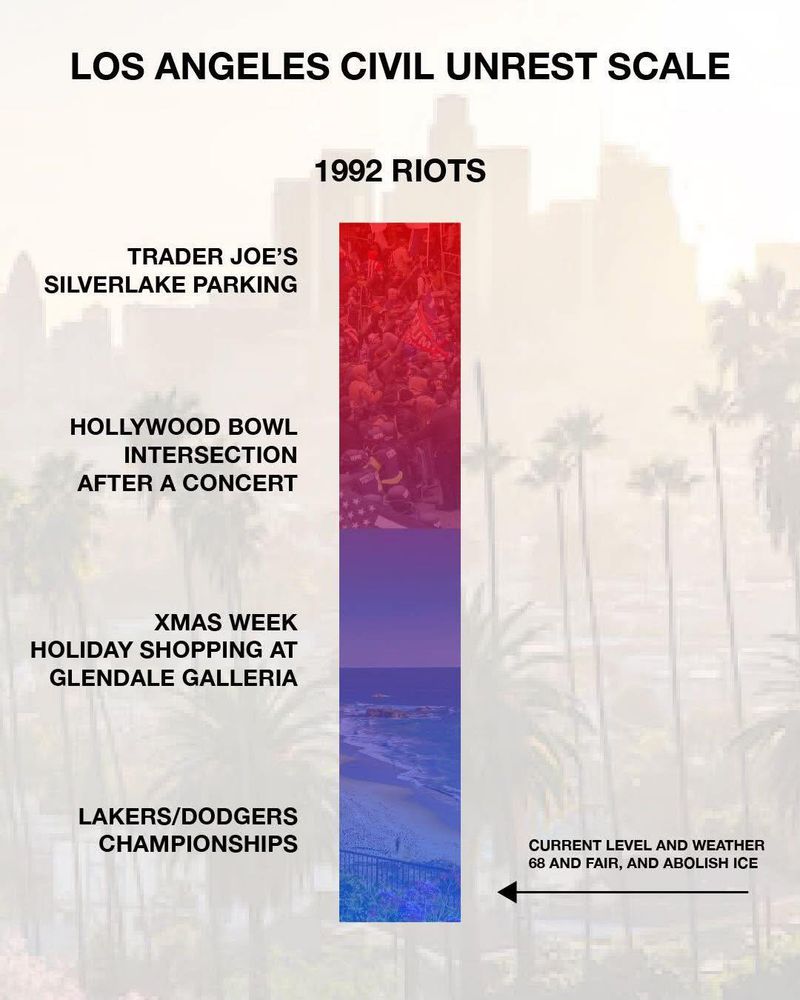


















We need to stop playing defense. It’s time for a plan—coordinated truth-telling to expose their strategy and break the cycle. 🧵 #Voices4Victory #DemVoice1 #USDemocracy #ProudBlue
We need to stop playing defense. It’s time for a plan—coordinated truth-telling to expose their strategy and break the cycle. 🧵 #Voices4Victory #DemVoice1 #USDemocracy #ProudBlue






